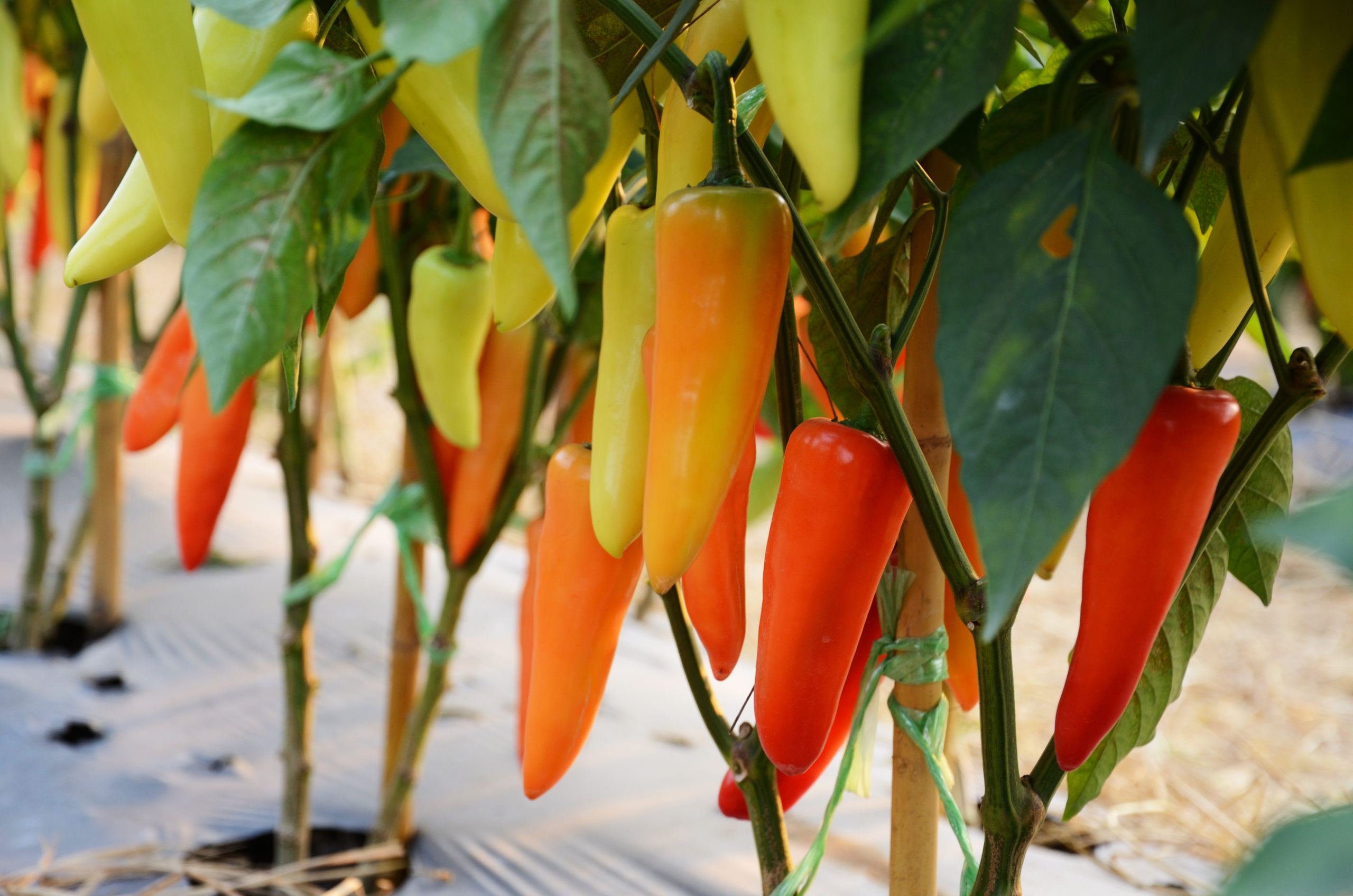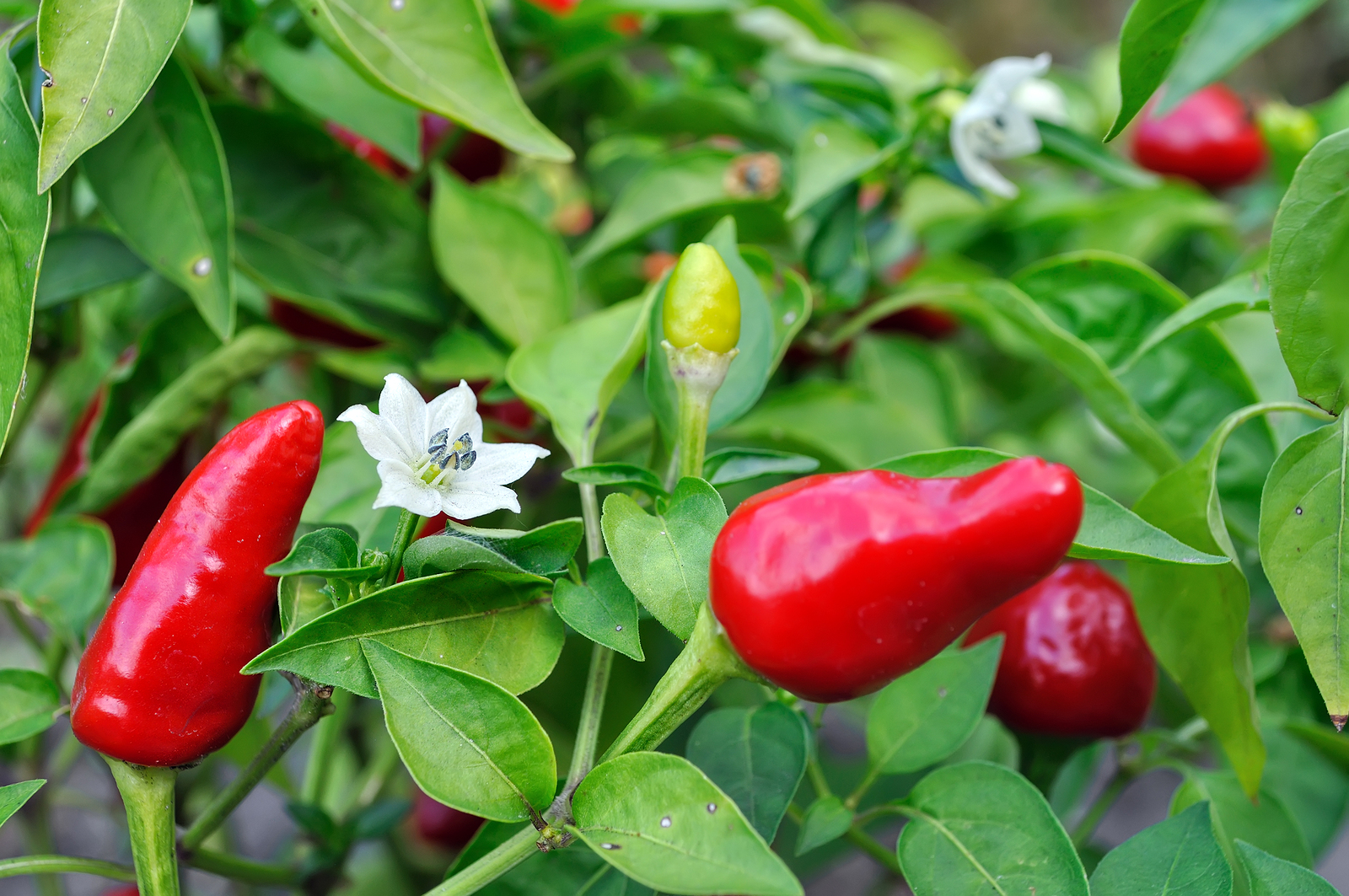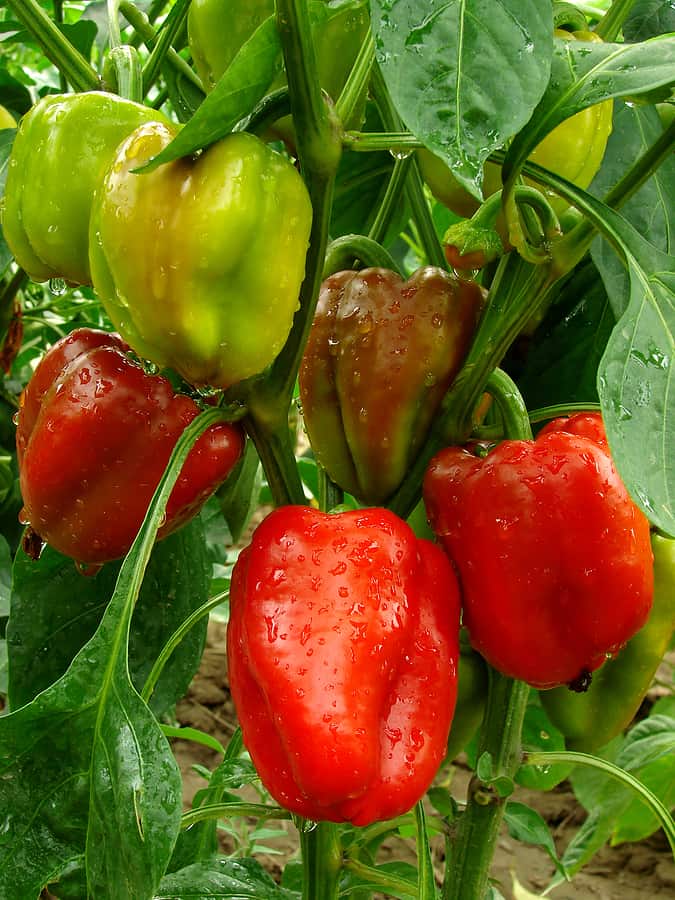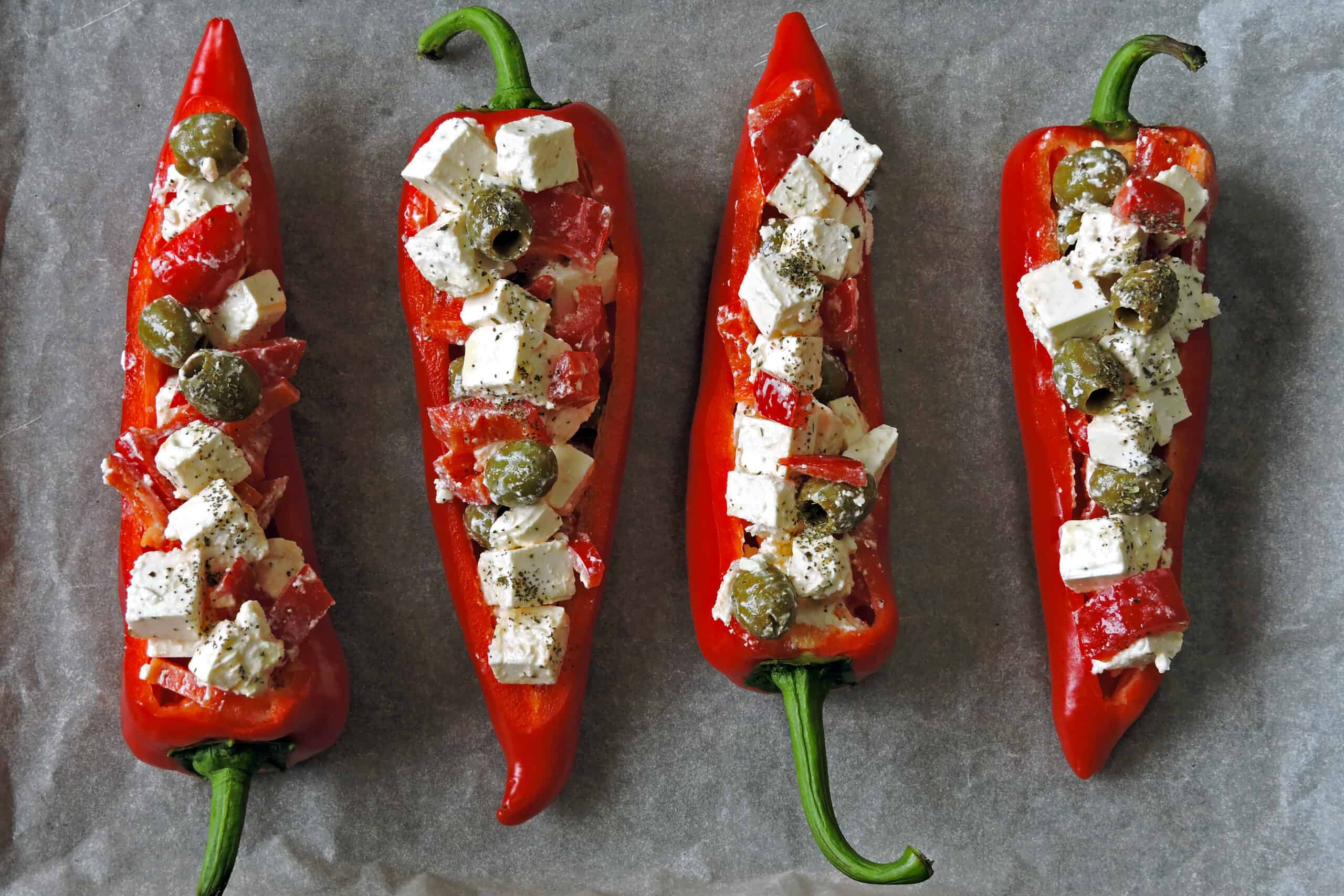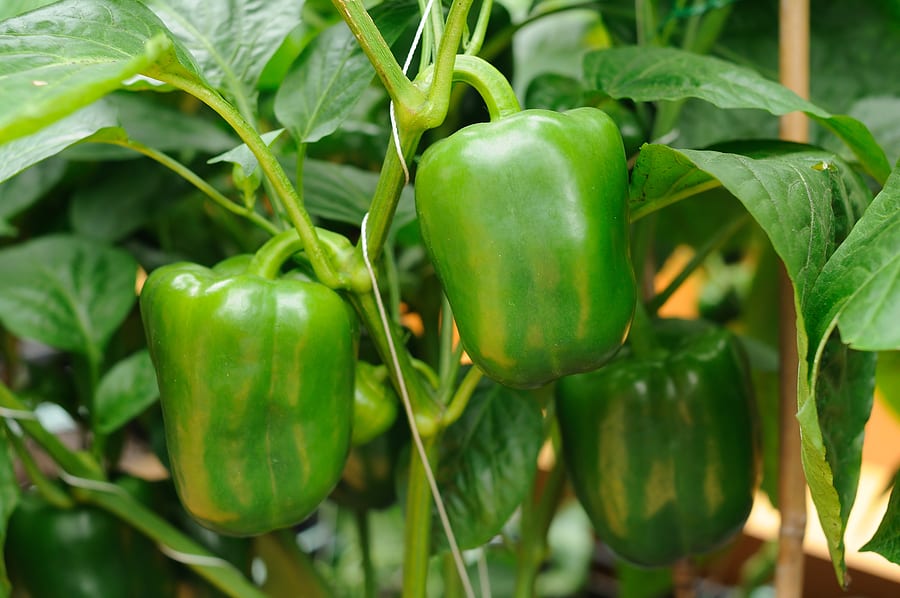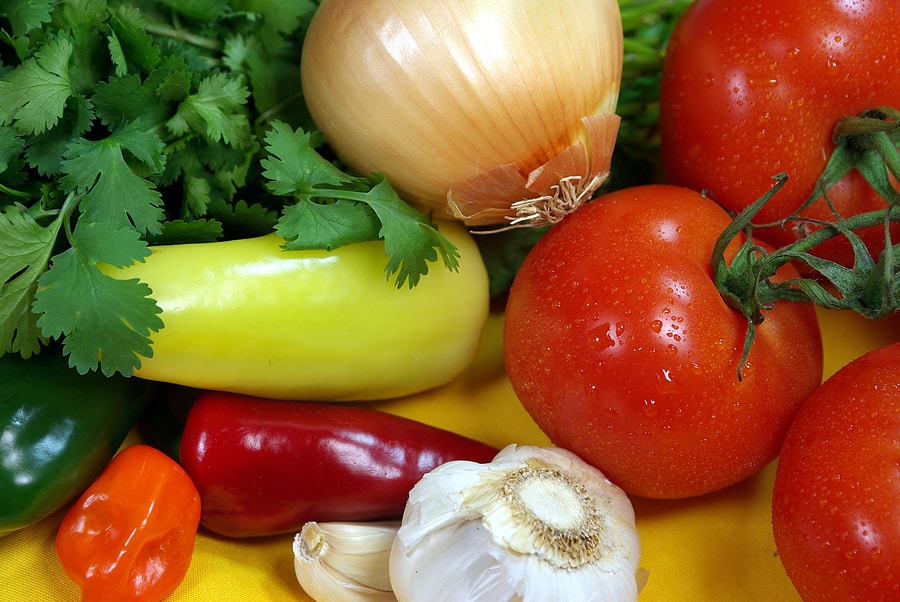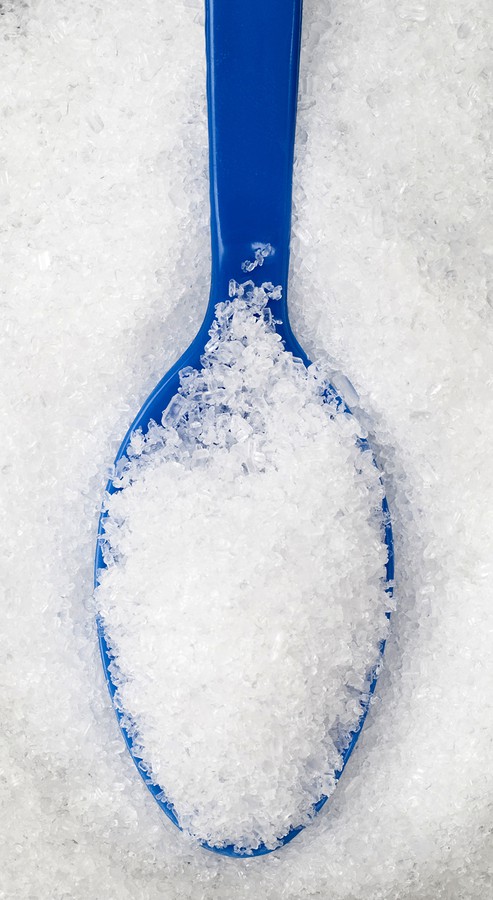Chili Peppers
More stories
-
How to Harvest Sweet Peppers for the Best Flavor
After years of growing sweet peppers in my garden, I’ve learned that the perfect harvest timing makes all the difference in flavor. Picking too early can leave peppers tasting bland, while waiting too long might result in an overripe, less crisp texture. Through trial and error, I’ve discovered the ideal signs that indicate when sweet […] More
-
10 Steps to Grow a Bumper Pepper Crop
To get a bumper crop from your pepper plants, you must dedicate yourself to helping the plants thrive. Pepper plants are more temperamental than tomatoes—they demand warm temperatures, even soil moisture, feeding, and support—literally. Here are 10 steps that will all but guarantee sweet and hot pepper growing success. (But don’t turn your back on […] More
-
Five Ways to Cook and Serve Chili Peppers
Chilies or hot peppers can be eaten raw or they can be roasted, grilled, pan-seared, toasted, or stuffed. Chilies can also be added to other cooked dishes; they contain natural chemicals that enhance the flavor of other foods during cooking. Often small, hot chilies—such as the jalapeño, Serrano, poblano, Anaheim, and banana–are used fresh. But […] More
-
Mid-Season Pepper Problem Cures
Peppers are tropical plants and can be temperamental–especially the further they grow away from the tropics. They demand warm temperatures—not too cool and not too hot, organically rich soil, and even soil moisture—not too little and not too much. Give peppers these optimal conditions and they will produce until the first frost in autumn. Common […] More
-
How to Grow Salsa
Salsa is a delicious and versatile condiment, dip that can be enjoyed with a wide variety of foods. Although it’s most commonly paired with chips, salsa can also be used as a topping for tacos, eggs, grilled meats, or salads. If you’re a fan of this tasty dip, why not try growing your salsa ingredients? […] More
-
in Gardening Tips, Soil
Epsom Salt, Milk, and Organic Fertilizers for Tomatoes and Peppers
Epsom salt contains magnesium, an essential plant nutrient. Used as a foliar spray or soil additive it will help tomato and pepper plants grow and produce larger, tastier yields. Milk contains calcium, an important plant macronutrient. Milk can feed tomatoes and peppers and double as a fungicide. Compost tea, comfrey tea, and other liquid organic […] More

